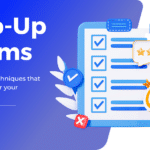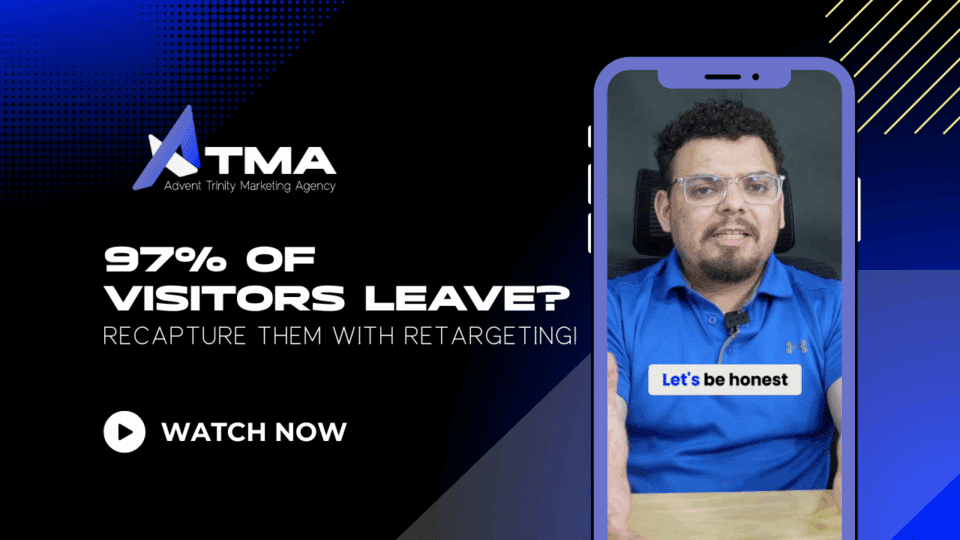
Should I Use Pop-Up Forms On My Website? What You need to know
December 8, 2022
Phone Photography: How to Take Amazing Pictures for Social Media
December 22, 2022What A Successful Buyer’s Journey Looks Like
Here is a framework that businesses can use to better understand their customers and create marketing plans that address each stage of the buyer’s journey.
As a small business owner, you know that selling your products or services can be a lot of work. You put a lot of time and energy into capturing leads, developing relationships with potential buyers, and finally making the sale. But what is the buyer’s journey actually like? And what can you do to make it as smooth and successful as possible? In this blog post, we’ll take a look at the buyer’s journey from start to finish and give you some tips on how to optimize each step along the way.
The Four Major Stages of the Buyer’s Journey
The buyer’s journey is the process that customers go through when they are considering a purchase. It typically starts with awareness of a need or want, followed by research to find the best solution. Once a decision is made, the buyer moves on to the final stage of purchase.
Think about how you plan a vacation. You know you want to go on a vacation, but you don’t know where. This is the awareness stage of your journey.
You start to research “vacations.” A few places pop up that you are interested in. So you start looking into each location that piqued your interest. You start to consider each possibility based on what kind of benefits each place has to offer. This is the consideration stage.
Once you have done your research, it’s time to make a decision. You choose the dates and accommodations and hit the payment button. This is the decision stage.
While you’re there, you have the most amazing experience – the delight stage. You love it so much, you tell everybody you know.
And that is how the buyer’s journey works. Let’s have a more in-depth look.
Awareness
The first stage of the buyer’s journey is awareness. At this stage, customers are aware of a need or want but have not started to research solutions. They may not even be aware that a solution exists.
Businesses can reach buyers in the awareness stage with content that educates them about a problem and its possible solutions. This content should be informative and unbiased without pitching a specific product or brand.
Consideration
The second stage of the buyer’s journey is consideration. At this stage, customers are researching their options and comparing different solutions. They may be looking for specific features or benefits, or they may be trying to decide which type of product or service is right for them.
Businesses can reach buyers in the consideration stage with content that helps them compare different options. This content can be in the form of blog posts, infographics, or even videos. It should be unbiased and objective, without pitching a specific product or brand.
Decision
The third stage of the buyer’s journey is decision. At this stage, customers have decided on a solution and are ready to make a purchase. They may be looking for information on specific products or brands, or they may be ready to buy a product outright.
Businesses can reach buyers in the decision stage with content that helps them choose a specific product or brand. This content can be in the form of product reviews, buyer’s guides, or even coupons and discounts. It should be clear and concise, with a focus on helping the buyer make a decision.
Delight
The “delight” stage of the buyer’s journey is when your customer has already purchased from you, and you want to make sure they have a positive experience. This is where you can really show off your customer service skills! You want to go above and beyond to make sure your customer is happy with their purchase and that they’ll come back to you in the future. There are a few key things to keep in mind when delighting your customers:
- Make sure their purchase arrives on time and as expected.
- If there are any problems with their purchase, make it right as quickly as possible.
- Follow up after their purchase to make sure they’re happy and to see if there’s anything else you can do for them.
By following these simple tips, you can ensure that your customers will have a positive experience – and that they’ll keep coming back for more!
The Buyer’s Journey is Part of the Marketing Plan
Understanding the buyer’s journey is essential for any marketing or sales efforts. By understanding what customers are looking for and how they make decisions, businesses can create content and strategies that appeal to buyers at each stage.
The buyer’s journey is not a linear process, however. Customers may move back and forth between stages as they research their options and make comparisons. Additionally, not every customer will go through all stages of the buyer’s journey. Some may already be familiar with a product or brand and move straight to the decision stage, while others may never reach the purchase stage.
Businesses need to account for these variations when creating their marketing and sales plans. By understanding the buyer’s journey, they can create targeted content and strategies that will appeal to customers at every stage of the decision-making process.
Ever-Evolving Buyer’s Journey
The preferences of consumers are always changing. Particularly across age groups, people’s preferences for discovering, researching, and finally purchasing goods and services are rarely static.
The buyer’s journey is the process that customers go through when they become aware of a problem, consider solutions to that problem, and then decide which solution is right for them. This model provides a framework that businesses can use to better understand their customers and create marketing plans that address each stage of the journey. If you’re looking for help creating a marketing plan that takes your customers on a journey, ATMA is here to help. Our team of marketing experts will work with you to create a custom plan that meets your specific needs and helps you achieve your goals.




